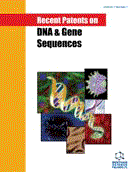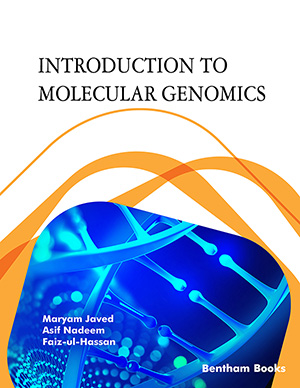Abstract
The human P2X7 receptor is a trimeric ligand-gated cation channel coded by the P2XR7 gene located at chromosome position 12q24. P2X7 is expressed in a wide variety of normal and disease-associated cell types. Activation of this receptor by extracellular adenosine 5'-triphosphate results in numerous downstream events including the release of pro-inflammatory mediators, cell proliferation or death, and killing of intracellular pathogens. As a result, P2X7 plays important roles in inflammation, immunity, bone homeostasis, neurological function and neoplasia. The P2XR7 gene encodes a P2X7 subunit 595 amino acids in length, however splice isoforms that can alter receptor expression and function, and modify the signaling properties downstream of receptor activation also exist. Moreover, the relative amount of P2X7 function varies between human individuals due to numerous single nucleotide polymorphisms resulting in either loss- or gain-of-function. Combinations of these polymorphisms give rise to various haplotypes that can also modify P2X7 function. Collectively, P2X7, and its splice and polymorphic variants are attracting considerable interest in relation to human health and disease, including the development and publication of a number of patents.
Keywords: P2RX7, purinergic receptor, splice isoform, single nucleotide polymorphism, extracellular ATP, patent, ectoenzymes, pro-inflammatory mediators, oligodendrocytes, NALP3 inflammasome, transmembrane domain, macrophages, tuberculosis, mutant receptor displays, T-lymphocytes, dendritic cells, Langerhans cells
 131
131











